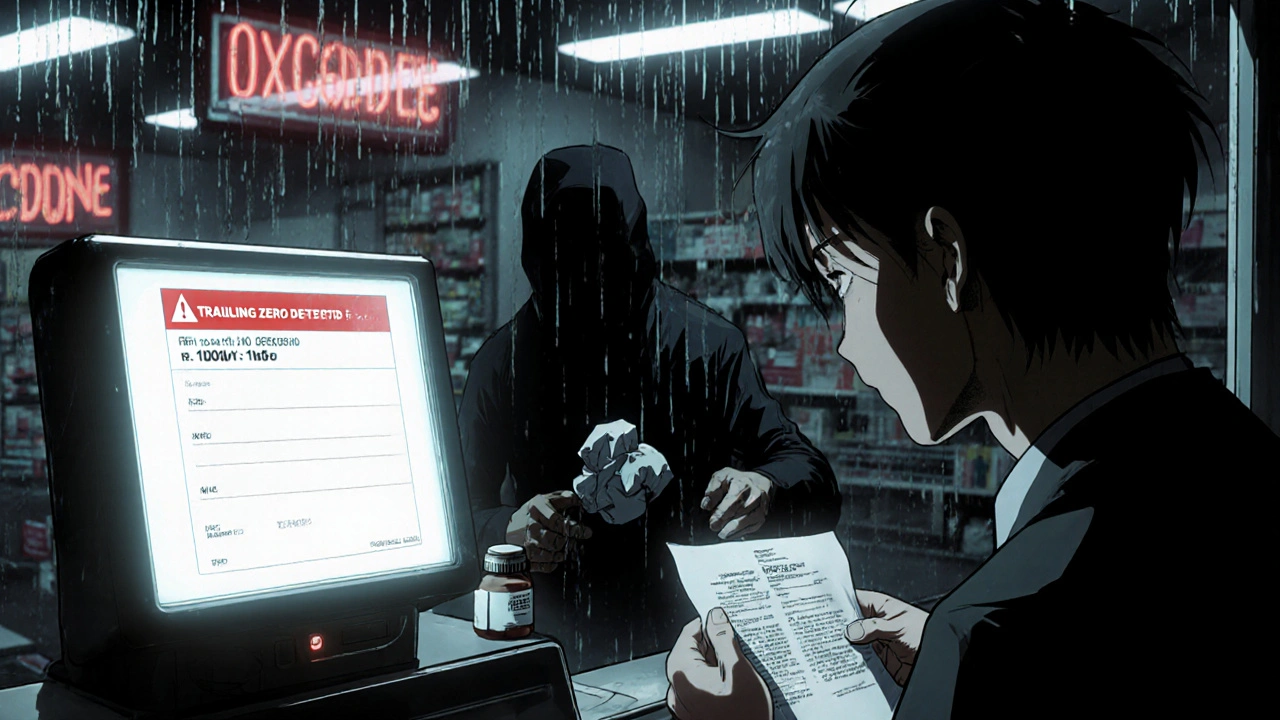Learn how to safely transfer prescriptions while maintaining label accuracy under 2025 DEA and FDA rules. Avoid deadly dosing errors with proper electronic transfers, labeling standards, and patient responsibilities.
DEA Prescription Rules: What You Need to Know About Controlled Substances
When a doctor writes a prescription for a drug like oxycodone, Adderall, or Xanax, they’re not just following medical guidelines—they’re following DEA prescription rules, federal regulations enforced by the Drug Enforcement Administration that control how certain medications are prescribed, dispensed, and tracked. These rules exist because these drugs can be misused, lead to addiction, or even cause death if handled improperly. The DEA doesn’t just make up these rules—they’re based on decades of data, real-world abuse patterns, and public health emergencies. If you’re a patient, you need to know what’s allowed and what’s not. If you’re a provider, skipping a single step can cost you your license.
Controlled substances, drugs classified by the DEA into five schedules based on abuse potential and medical use. Also known as scheduled drugs, they range from Schedule II (high abuse risk, like fentanyl or hydrocodone) to Schedule V (low risk, like cough syrups with tiny amounts of codeine). Not all painkillers or ADHD meds are the same under the law. A Schedule II drug like Adderall can’t be refilled—ever. A Schedule III drug like ketamine can be refilled up to five times in six months. Miss that detail, and you’re breaking federal law.
There’s no gray area when it comes to prescription fraud, any attempt to get or give a controlled substance illegally, including forging scripts, altering dosages, or using someone else’s prescription. The DEA tracks every prescription for controlled substances through state prescription drug monitoring programs (PDMPs). Pharmacies are required to verify IDs, check for duplicate prescriptions, and report suspicious activity. Even a small mistake—like writing "100 mg" instead of "10 mg"—can trigger an audit. And it’s not just doctors and pharmacists who get in trouble. Patients who sell pills, share scripts, or lie to get refills face fines, jail time, or both.
These rules aren’t just about punishment—they’re about safety. The same regulations that prevent a teenager from getting a stack of oxycontin also ensure that someone with chronic pain gets the right dose without running out. That’s why DEA rules require prescriptions to be written in ink, include the patient’s full name and address, and list the exact quantity and dosage. No texting. No emailing. No verbal orders for Schedule II drugs (except in rare emergencies). Even electronic prescriptions have strict authentication steps. These aren’t red tape—they’re lifelines.
What you’ll find in the posts below isn’t just a list of legal terms. You’ll see real examples of how these rules play out: how a doctor’s mistake with a Schedule II script led to a patient overdose, how a pharmacy caught a forged prescription using PDMP data, why some pain meds can’t be called in over the phone, and what happens when a patient tries to get refills from multiple doctors. These aren’t hypotheticals. They’re cases that happened. And they’re why understanding DEA prescription rules isn’t optional—it’s essential for your health, your safety, and your legal protection.

